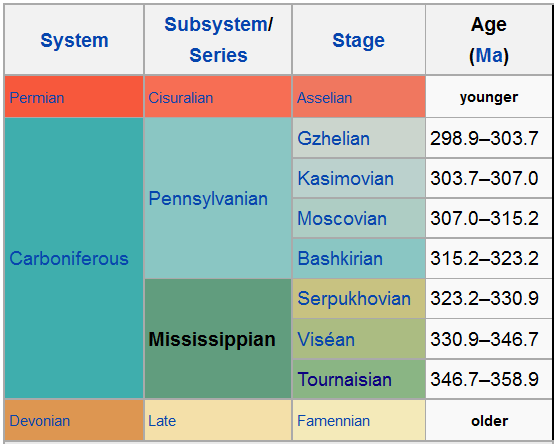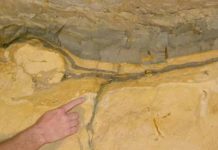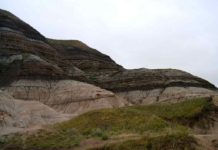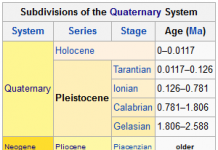The Visean, Viséan or Visian is an age in the ICS geologic timescale or a stage in the stratigraphic column. It is the second stage of the Mississippian, the lower subsystem of the Carboniferous. The Visean lasted from 346.7 ± 0.4 to 330.9 ± 0.2 Ma. It follows the Tournaisian age/stage and is followed by the Serpukhovian age/stage.
Name and definitions
The Visean stage was introduced by Belgian geologist André Dumont in 1832. Dumont called this stage after the city of Visé in the Belgian province of Liège. Before being used as an international stage, the Visean stage was part of the (West) European regional geologic time scale, in which it followed the Tournaisian stage and is followed by the Namurian stage. In the North American regional scale, the Visean stage correlates with the upper Osagean, the Meramecian and lower Chesterian stages. In the Chinese regional time scale, it correlates with the lower and middle Tatangian series.
The base of the Visean stage is at the first appearance of the fusulinid species Eoparastaffella simplex (morphotype 1/morphotype 2). The type locality for the stage base used to be in a road section below the castle of Dinant in Belgium, but this type locality proved to be insufficient for the purpose of stratigraphic correlation. A GSSP has been proposed in the Luzhai Formation near Penchong in the Chinese province of Guanxi. The top (the base of the Serpukhovian and Namurian) is laid at the first appearance of the conodont Lochriea ziegleri,or at the base of the biozone of goniatite Cravenoceras leion.
Tetrapods
One of the tetrapods that lived during the Visean age was westlothiana, a reptile-like amphibian.
Biostratigraphy
The Visean contains four conodont biozones:
- Lochriea nodosa Zone
- Lochriea mononodosa Zone
- Gnathodus bilineatus Zone
- Gnathodus texanus Zone











